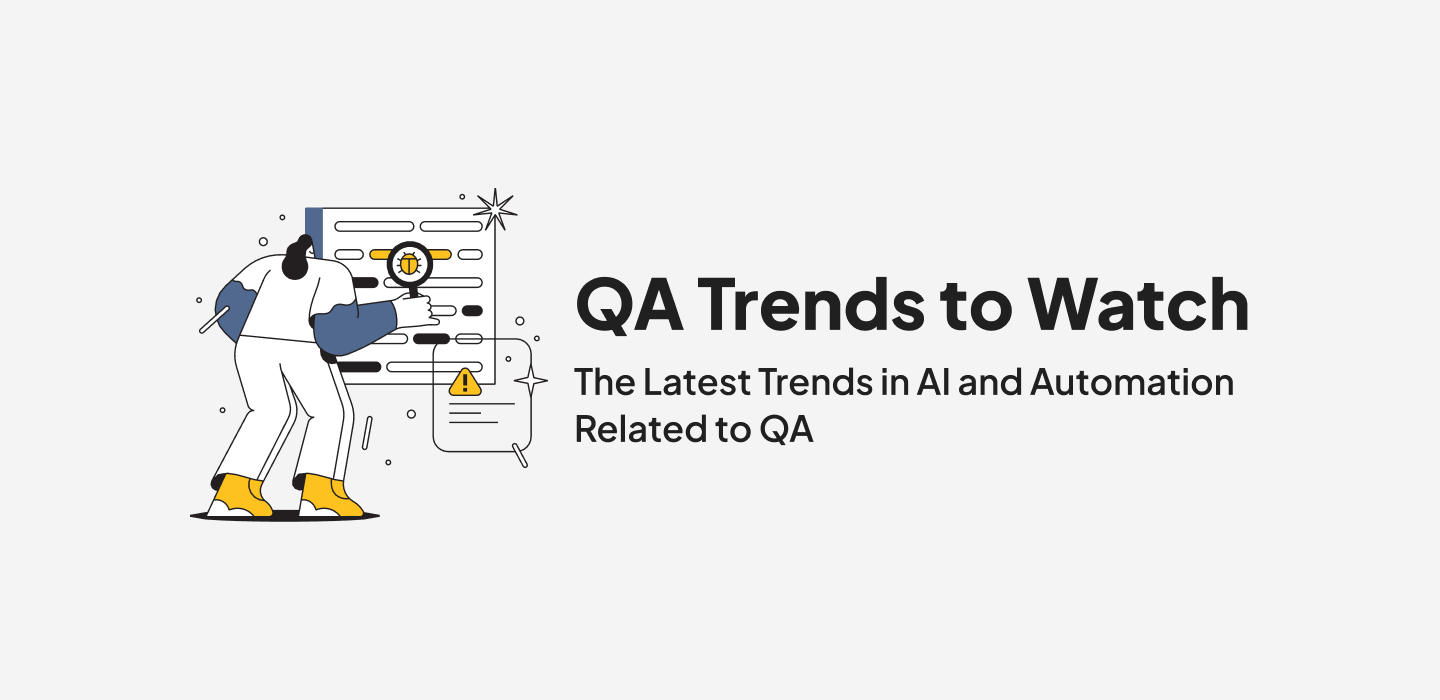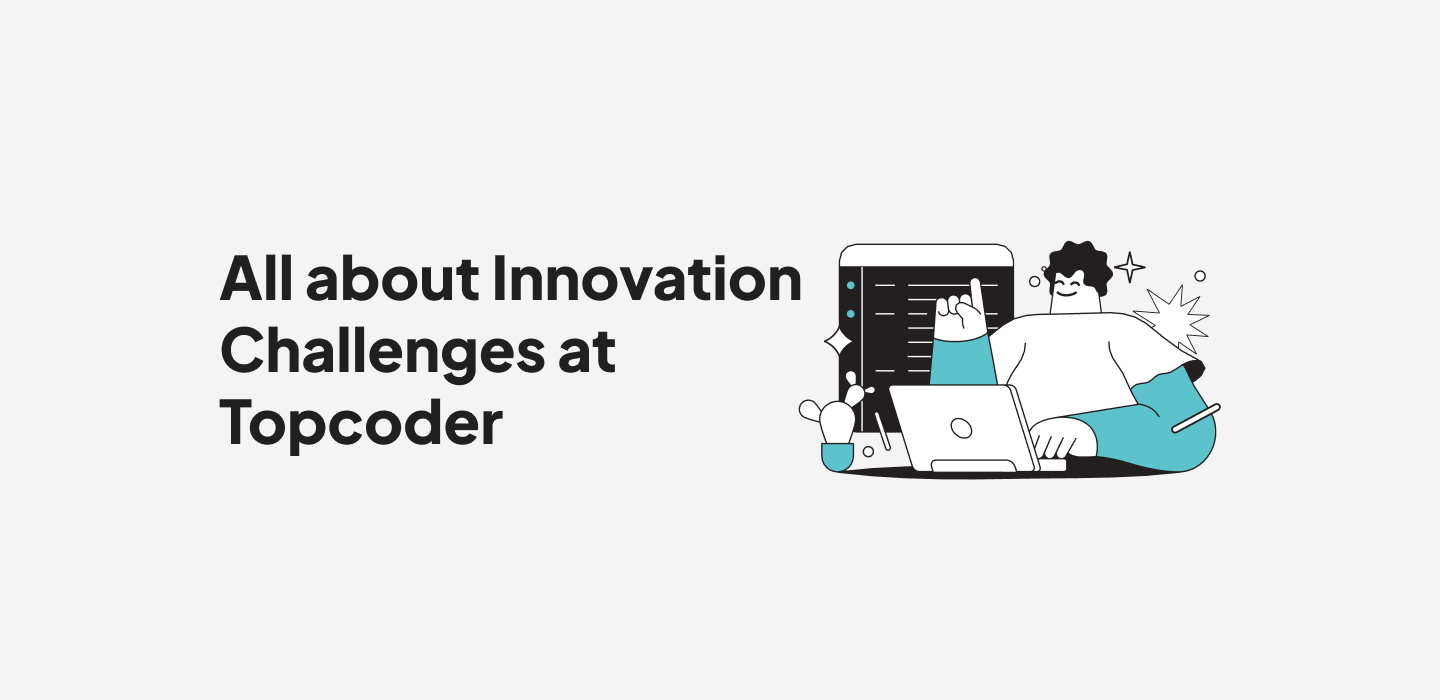August 29, 2019 9 Communication Tips to Achieve Internal Buy-in for Crowdsourcing
Effective communication is critical to gain C-suite approval and overall internal buy-in when launching crowdsourcing initiatives inside your company. It’s not enough to explain how the gig economy works and how it can benefit the business. Employees and leadership executives alike will be more likely to jump on board when you follow these nine communication tips.
1. Use Targeted Storytelling
Attract interest to your program by creating integrated communication campaigns that target different groups within your company. Include the expert community that will solve the problem; the leadership group that will be interested in the expected impact on company performance; the problem stakeholders, including owners and cross-functional support team that will be interested in how the approach will solve their specific problems; and a general audience to receive the strategic story arc that will be distributed across the social channels to create buzz and awareness about the mission.
2. Give Credit to the Inside Team
Crowdsourcing can threaten the identity of employees. Rather than focusing the story on the person or people outside the organization who solved the problem, spotlight the skills of the employee or employees who led the project inside your operation. Share what it was like to try the new program, identify the pain point, break the problem into understandable chunks, coordinate with the platform and manage the process. Assure employees that their role within the company is elevated, not replaced, by crowdsourcing.
3. Practice Your Message
Take time to practice how best to communicate your message and plan for a learning curve. You’ll get better at telling the story each time after experiencing which parts of the conversation landed and which did not.
4. State the Upside
Try to motivate and support people by offering help rather than suggesting they could be replaced. Ask which parts of their work they don’t have the capacity to complete and whether they’d like support completing them.
5. Be Clear, With an Ask
Provide a clear, cohesive outline of the vision and timeline, including who it will involve, and then be sure to secure buy-in. For example, say, “Here is our three- to five-year vision of this. Do you agree—yes or no? And here’s how we want to get started on that vision.”
6. Adjust for Your Audience
Have a consistent message, but one that’s tailored to the interests and concerns of the people you’re talking to. A line manager in the engineering department may have different concerns than a division-leading senior vice president. Customize the message for each person or group.
7. Notice and Respond to Feedback
You will get feedback, even if it’s just body language during the discussion. Take that in and then refine your approach not only for the presentation, but also for the project. Are you helping these groups with your project? If not, adjust.
8. Travel and Tell
Take the show on the road, meeting personally with stakeholders. Consider it a communication road trip around the company. Take part in departmental and group meetings in addition to meeting people one-on-one. Meet with all levels of employees, including the C-suite.
9. Share Stories Across the Organization
Plan to create content, such as internal newsletters or video interviews, that share stories about employees who crowdsourced, including the initial impetus for trying crowdsourcing, their struggles and successes. Try hosting a gig-economy summit or use an internal site to host case studies.

GTM & Strategy


